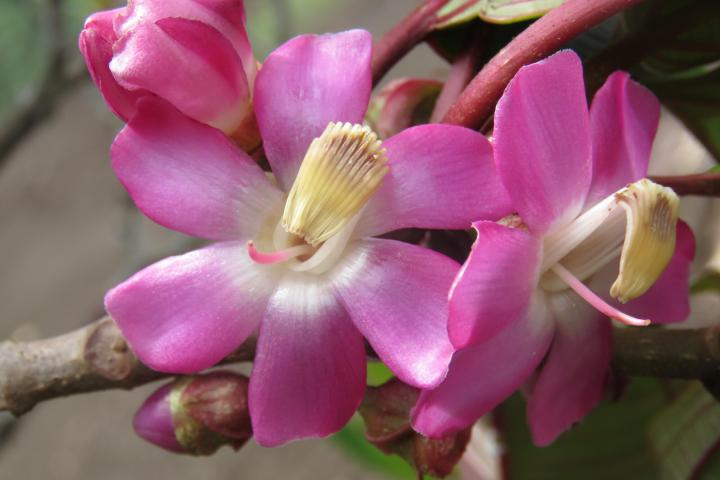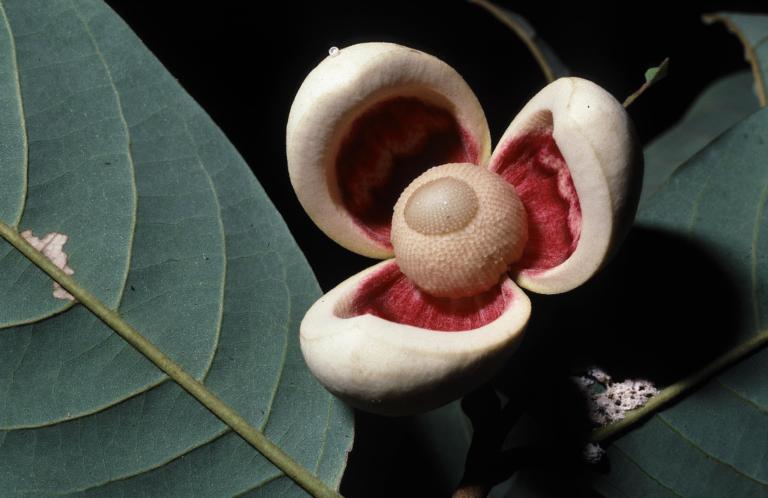
On the 30th of November the book on the flora of the Guianas was festively presented at Naturalis. The book is a unique collection of the tropical plant family Annonaceae, also known as the soursack family, from Guyana, French Guiana and Suriname.
The crowing achievement
For authors Paul Maas (84) and his wife Hiltje Maas (81), guest researchers at Naturalis, the book on the Annonceae of the Guianas is the crowning achievement of their taxonomic research. Taxonomy, also called systematics, is the science of classifying plants and animals into groups. The naming of plants and animals also falls under taxonomy. The family Annonceae is one of the larger plant families with flowers in the tropical rainforest. There are 140 species of this family in Guyana, Suriname and French Guiana. 'The Annonaceae plants are an important part of the tropical forest,' Maas explained. Moreover, they have large flowers making them fairly easy to study for the Maas couple, and very interesting for plant taxonomy students. Sylvia Mota de Oliveira, Naturalis tropical botany researcher, and Odile Poncy, of the Natural History Museum in Paris, were editors of the book.
A uniquebook
Unique to the book on the Flora of the Guianas is that this is the first book in the series in which each species is illustrated, most of them with a color photograph. The book also describes each plant's conservation status, as described by the International Union for Conservation of Nature, or IUCN. This status gives an indication of how the plant species are doing. The book can also be used as a political argument for the conservation of plants.
Unique to the book on the Flora of the Guianas is that this is the first book in the series in which each species is illustrated, most of them with a color photograph. The book also describes each plant's conservation status, as described by the International Union for Conservation of Nature, or IUCN. This status gives an indication of how the plant species are doing. The book can also be used as a political argument for the conservation of plants. 'The book makes clear which plants and trees should be preserved and protected in this area. It shows well that there are very special plants growing in this area,' Ms. Maas explains.
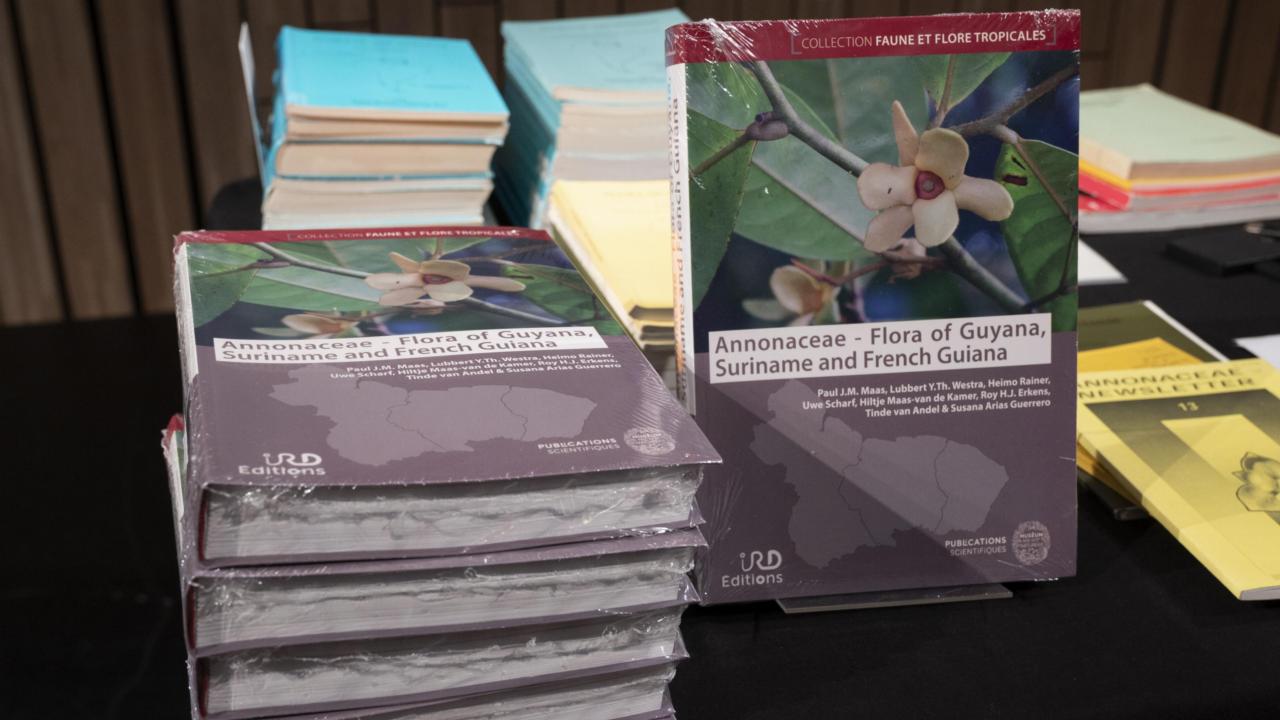
A large amount of knowledge
Paul Maas has been researching the Annnoceae family for about 25 years and can proudly report that this project is now complete. In his life he has made many expeditions to French Guiana, Brazil and Guyana, among others. His favorite plants from the book are the Annona haematantha and the Annona hypoglauca. However, Maas was never immediately interested in any specific species. "Annonaceae is not my only love," he says. He actually finds all species of plants interesting and has thus gained knowledge about many different species. And people still gratefully make use of his extensive knowledge. Maas smiles: "I still get sent pictures asking: Paul do you know what this is?"
Paul Maas'career
Maas began his career at Utrecht University, where he studied biology, from 1957 to 1964. In 1964, Maas went on his first expedition to Suriname, where he discovered his interest in tropical plants. The first four months of the expedition consisted mainly of collecting. In the following months, the plants of part of western Suriname were studied together with Surinamese tree experts.
"The data collected during that expedition are still being used!" says Maas proudly. At Utrecht University, Maas taught about tropical plants and was group leader of the Plant Systematics research group. After this group was dissolved, Paul and Hiltje went to the then herbarium in Wageningen. The collection of the Utrecht herbarium, consisting of about 1 million specimens, together with the collections from Wageningen is now in Naturalis. And this collection is still growing. Now Paul and Hiltje still come to Naturalis one day a week to continue their research here.
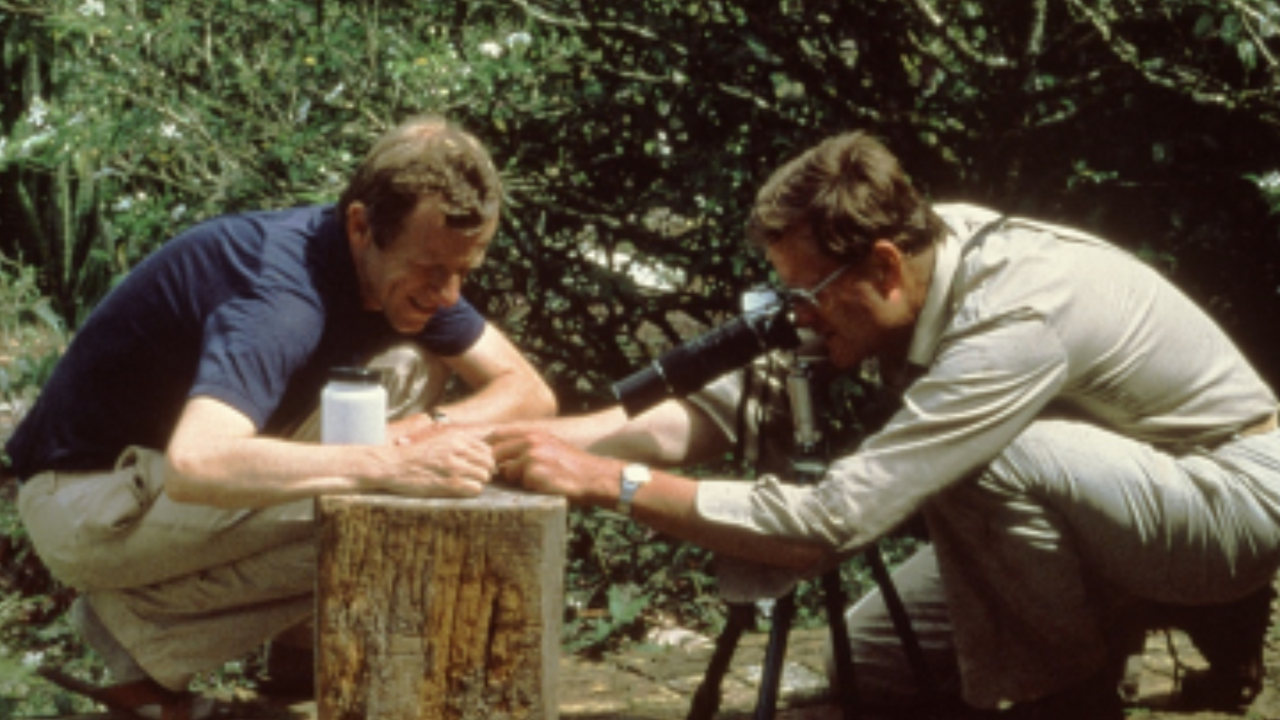
You're never finished
Paul and Hiltje are far from finished with their research on tropical plants. "It remains exciting what else is out there," says Hiltje Maas. Currently, they are already working on a new project, the Annonaceae for the 'Flora of Ecuador'. "You're never done," Maas says. Hiltje and Paul hope that more students can be warmed to tropical botany, as they see a decrease in the number of students interested in it. They hope that new researchers will also bring new students, so that research on tropical plants will continue. "We need a new generation of taxonomists!”
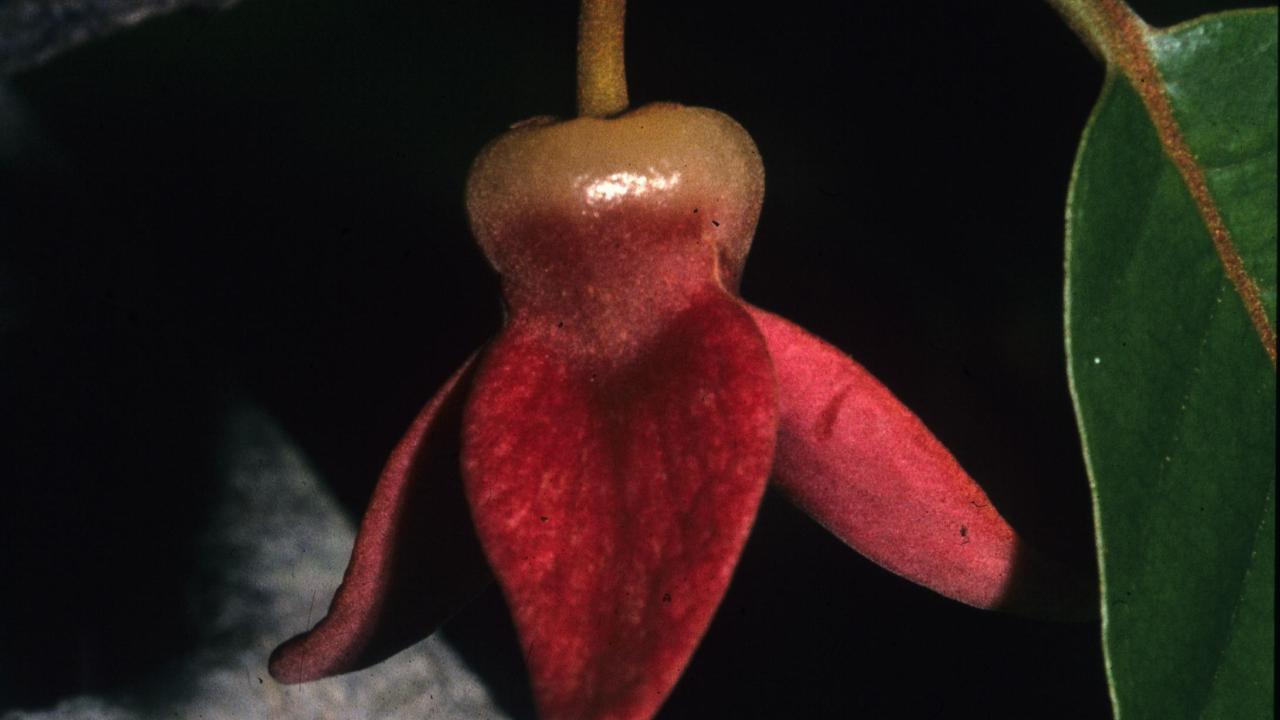
A new generation
Maas will hand over the book to PhD student Robin Bredero at the end of the presentation. With this symbolic gesture, Maas's work is transferred to a new generation of researchers, who will gratefully make use of it in the years to come.
